Volatility, Growth and Financial Crises
This research group analyses the build-up of financial vulnerabilities and real consequences of financial crises. Different policy shocks and the causal reaction of macroeconomic aggregates are identified. Early-warning models describe the cyclical nature of financial vulnerabilities.
IWH Data Project: Financial Stability Indicators in Europe
Research Cluster
Financial Resilience and RegulationYour contact

- Department Macroeconomics
EXTERNAL FUNDING
01.2022 ‐ 12.2023
Sovereign Risk Shocks
05.2017 ‐ 09.2019
Early Warning Models for Systemic Banking Crises: The Effect of Model and Estimation Uncertainty
01.2018 ‐ 12.2018
International Monetary Policy Transmission
Refereed Publications

Advances in Using Vector Autoregressions to Estimate Structural Magnitudes
in: Econometric Theory, No. 3, 2024
Abstract
This paper surveys recent advances in drawing structural conclusions from vector autoregressions (VARs), providing a unified perspective on the role of prior knowledge. We describe the traditional approach to identification as a claim to have exact prior information about the structural model and propose Bayesian inference as a way to acknowledge that prior information is imperfect or subject to error. We raise concerns from both a frequentist and a Bayesian perspective about the way that results are typically reported for VARs that are set-identified using sign and other restrictions. We call attention to a common but previously unrecognized error in estimating structural elasticities and show how to correctly estimate elasticities even in the case when one only knows the effects of a single structural shock.
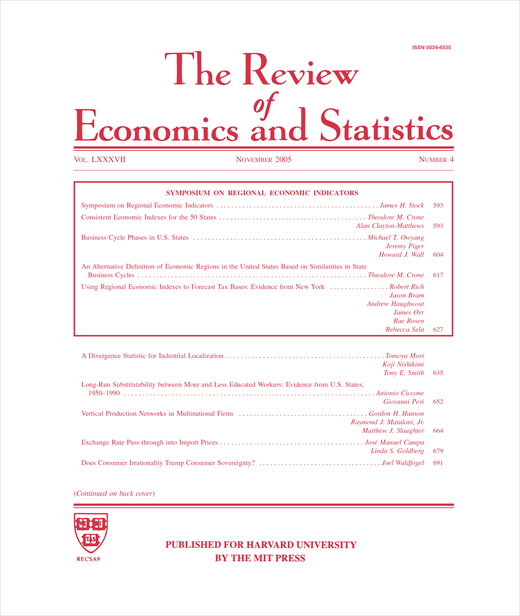
Tracking Weekly State-Level Economic Conditions
in: Review of Economics and Statistics, No. 2, 2024
Abstract
This paper develops a novel dataset of weekly economic conditions indices for the 50 U.S. states going back to 1987 based on mixed-frequency dynamic factor models with weekly, monthly, and quarterly variables that cover multiple dimensions of state economies. We find considerable cross-state heterogeneity in the length, depth, and timing of business cycles. We illustrate the usefulness of these state-level indices for quantifying the main contributors to the economic collapse caused by the COVID-19 pandemic and for evaluating the effectiveness of the Paycheck Protection Program. We also propose an aggregate indicator that gauges the overall weakness of the U.S. economy.
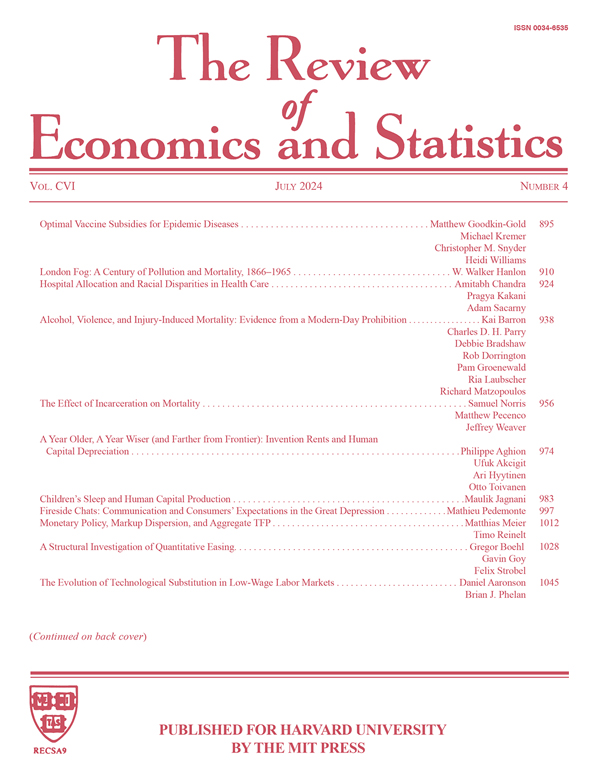
Energy Markets and Global Economic Conditions
in: Review of Economics and Statistics, No. 4, 2022
Abstract
We evaluate alternative indicators of global economic activity and other market funda-mentals in terms of their usefulness for forecasting real oil prices and global petroleum consumption. World industrial production is one of the most useful indicators. However, by combining measures from several different sources we can do even better. Our analysis results in a new index of global economic conditions and measures for assessing future energy demand and oil price pressures. We illustrate their usefulness for quantifying the main factors behind the severe contraction of the global economy and the price risks faced by shale oil producers in early 2020.
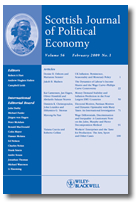
Why They Keep Missing: An Empirical Investigation of Sovereign Bond Ratings and Their Timing
in: Scottish Journal of Political Economy, No. 2, 2022
Abstract
Two contradictory strands of the rating literature criticize that rating agencies merely follow the market on the one hand, and emphasizing that rating changes affect capital movements on the other hand. Both focus on explaining rating levels rather than the timing of rating announcements. Contrarily, we explicitly differentiate between a decision to assess a country and the actual rating decision. We show that this differentiation significantly improves the estimation of the rating function. The three major rating agencies treat economic fundamentals similarly, while differing in their response to other factors such as strategic considerations. This reconciles the conflicting literature.
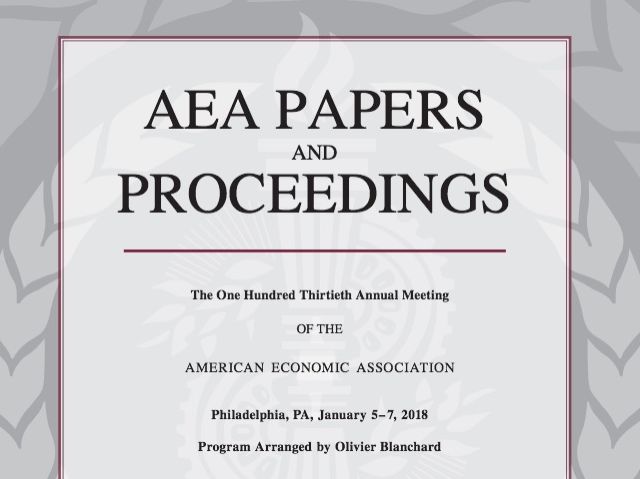
Structural Vector Autoregressions with Imperfect Identifying Information
in: American Economic Association Papers and Proceedings, May 2022
Abstract
The problem of identification is often the core challenge of empirical economic research. The traditional approach to identification is to bring in additional information in the form of identifying assumptions, such as restrictions that certain magnitudes have to be zero. In this paper, we suggest that what are usually thought of as identifying assumptions should more generally be described as information that the analyst had about the economic structure before seeing the data. Such information is most naturally represented as a Bayesian prior distribution over certain features of the economic structure.
Working Papers

Risky Oil: It's All in the Tails
in: NBER Working Paper, No. 32524, 2024
Abstract
<p>The substantial fluctuations in oil prices in the wake of the COVID-19 pandemic and the Russian invasion of Ukraine have highlighted the importance of tail events in the global market for crude oil which call for careful risk assessment. In this paper we focus on forecasting tail risks in the oil market by setting up a general empirical framework that allows for flexible predictive distributions of oil prices that can depart from normality. This model, based on Bayesian additive regression trees, remains agnostic on the functional form of the conditional mean relations and assumes that the shocks are driven by a stochastic volatility model. We show that our nonparametric approach improves in terms of tail forecasts upon three competing models: quantile regressions commonly used for studying tail events, the Bayesian VAR with stochastic volatility, and the simple random walk. We illustrate the practical relevance of our new approach by tracking the evolution of predictive densities during three recent economic and geopolitical crisis episodes, by developing consumer and producer distress indices that signal the build-up of upside and downside price risk, and by conducting a risk scenario analysis for 2024.</p>
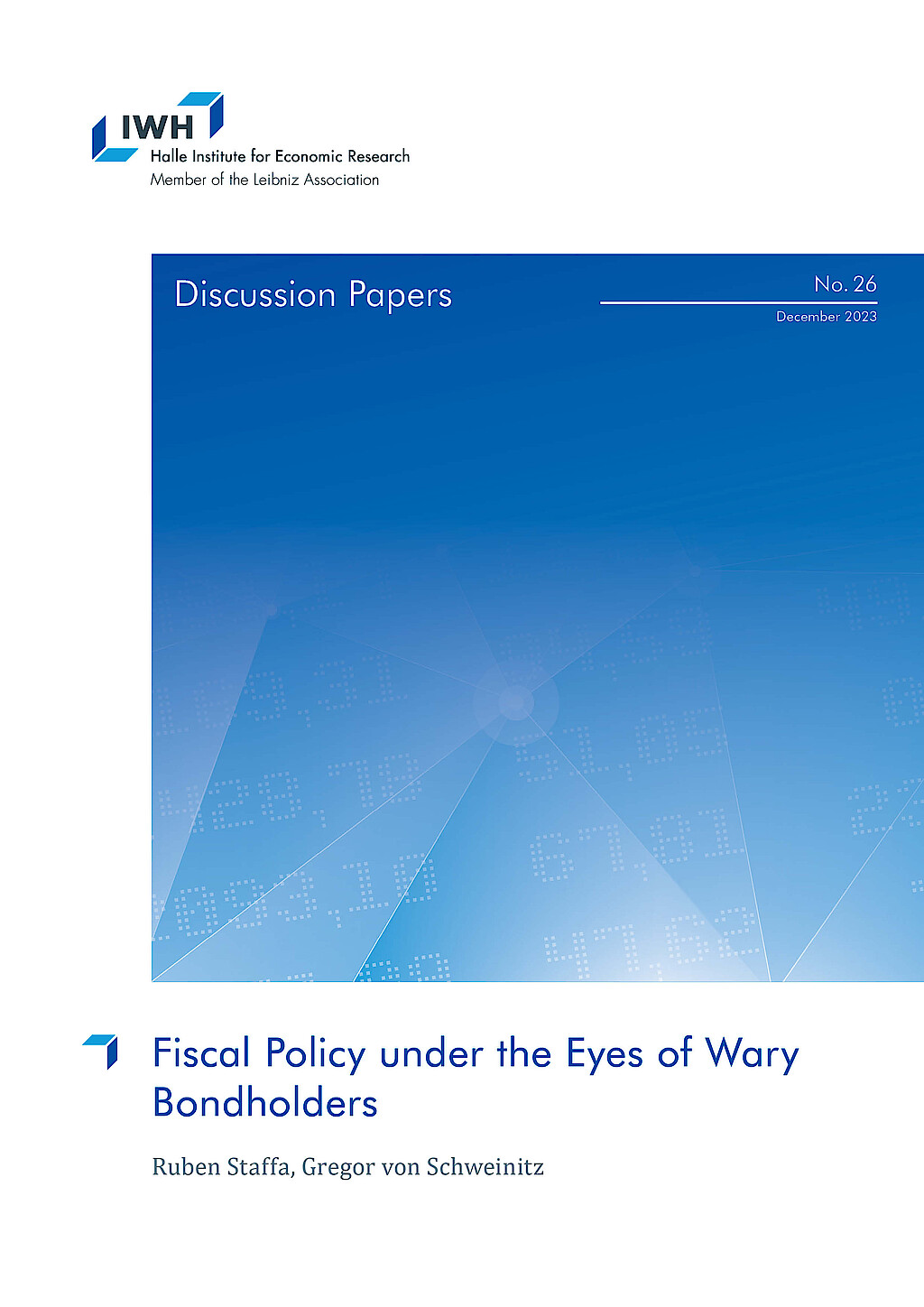
Fiscal Policy under the Eyes of Wary Bondholders
in: IWH Discussion Papers, No. 26, 2023
Abstract
This paper studies the interaction between fiscal policy and bondholders against the backdrop of high sovereign debt levels. For our analysis, we investigate the case of Italy, a country that has dealt with high public debt levels for a long time, using a Bayesian structural VAR model. We extend a canonical three variable macro mode to include a bond market, consisting of a fiscal rule and a bond demand schedule for long-term government bonds. To identify the model in the presence of political uncertainty and forward-looking investors, we derive an external instrument for bond demand shocks from a novel news ticker data set. Our main results are threefold. First, the interaction between fiscal policy and bondholders’ expectations is critical for the evolution of prices. Fiscal policy reinforces contractionary monetary policy through sustained increases in primary surpluses and investors provide incentives for “passive” fiscal policy. Second, investors’ expectations matter for inflation, and we document a Fisherian response of inflation across all maturities in response to a bond demand shock. Third, domestic politics is critical in the determination of bondholders’ expectations and an increase in the perceived riskiness of sovereign debt increases inflation and thus complicates the task of controlling price growth.
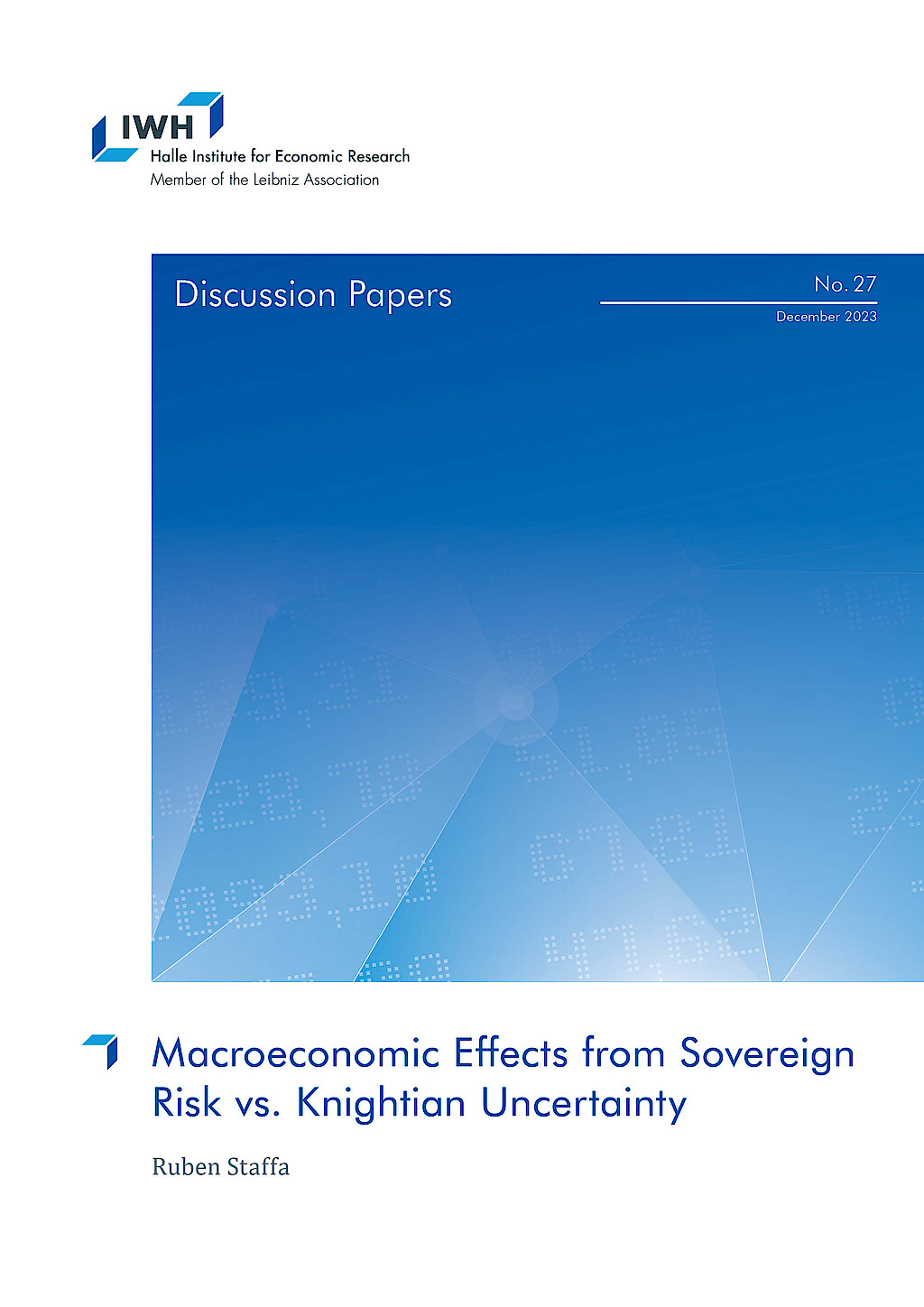
Macroeconomic Effects from Sovereign Risk vs. Knightian Uncertainty
in: IWH Discussion Papers, No. 27, 2023
Abstract
This paper compares macroeconomic effects of Knightian uncertainty and risk using policy shocks for the case of Italy. Drawing on the ambiguity literature, I use changes in the bid-ask spread and mid-price of government bonds as distinct measures for uncertainty and risk. The identification exploits the quasi-pessimistic behavior under ambiguity-aversion and the dealer market structure of government bond markets, where dealers must quote both sides of the market. If uncertainty increases, ambiguity-averse dealers will quasi-pessimistically quote higher ask and lower bid prices – increasing the bid-ask spread. In contrast, a pure change in risk shifts the risk-compensating discount factor which is well approximated by the change in bond mid-prices. I evaluate economic effects of the two measures within an instrumental variable local projection framework. The main findings are threefold. First, the resulting shock time series for uncertainty and risk are uncorrelated with each other at the intraday level, however, upon aggregation to monthly level the measures become correlated. Second, uncertainty is an important driver of economic aggregates. Third, macroeconomic effects of risk and uncertainty are similar, except for the response of prices. While sovereign risk raises inflation, uncertainty suppresses price growth – a result which is in line with increased price rigidity under ambiguity.
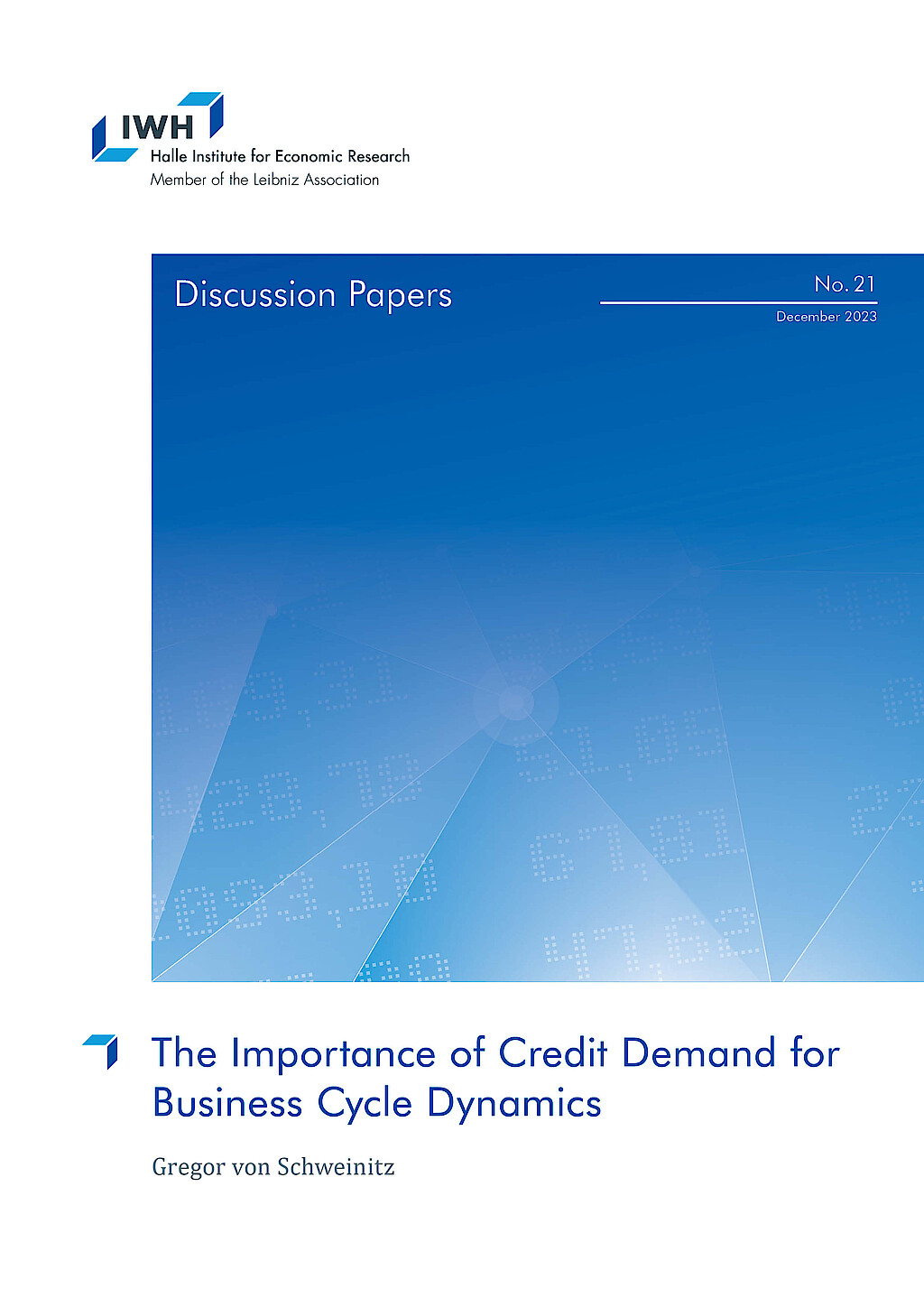
The Importance of Credit Demand for Business Cycle Dynamics
in: IWH Discussion Papers, No. 21, 2023
Abstract
This paper contributes to a better understanding of the important role that credit demand plays for credit markets and aggregate macroeconomic developments as both a source and transmitter of economic shocks. I am the first to identify a structural credit demand equation together with credit supply, aggregate supply, demand and monetary policy in a Bayesian structural VAR. The model combines informative priors on structural coefficients and multiple external instruments to achieve identification. In order to improve identification of the credit demand shocks, I construct a new granular instrument from regional mortgage origination. <br />I find that credit demand is quite elastic with respect to contemporaneous macroeconomic conditions, while credit supply is relatively inelastic. I show that credit supply and demand shocks matter for aggregate fluctuations, albeit at different times: credit demand shocks mostly drove the boom prior to the financial crisis, while credit supply shocks were responsible during and after the crisis itself. In an out-of-sample exercise, I find that the Covid pandemic induced a large expansion of credit demand in 2020Q2, which pushed the US economy towards a sustained recovery and helped to avoid a stagflationary scenario in 2022.

Uncovering Disaggregated Oil Market Dynamics: A Full-Information Approach to Granular Instrumental Variables
in: Working Paper, 2023
Abstract
<p>The world price of oil is determined by the interactions of multiple producers and consumers who face different constraints and shocks. We show how this feature of the oil market can be used to estimate local and global elasticities of supply and demand and provide a rich set of testable restrictions. We develop a novel approach to estimation based on full-information maximum likelihood that generalizes the insights from granular instrumental variables. We conclude that the supply responses of Saudi Arabia and adjustments of inventories have historically played a key role in stabilizing the price of oil. We illustrate how our structural model can be used to analyze how individual producers and consumers would dynamically adapt to a geopolitical event such as a major disruption in the supply of oil from Russia.</p>













